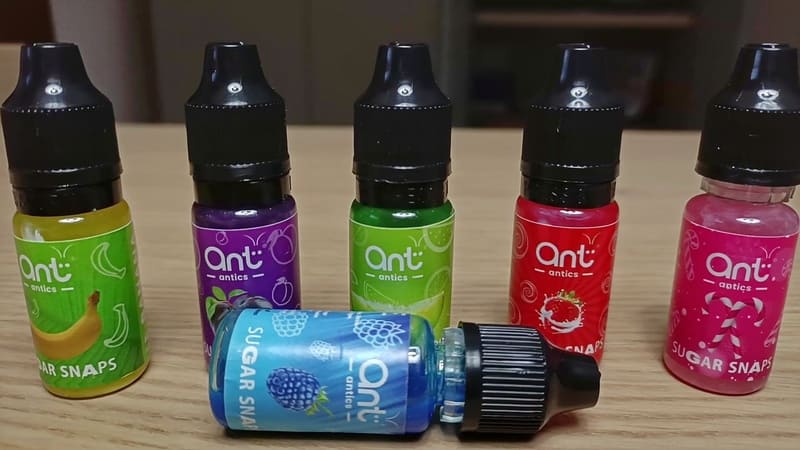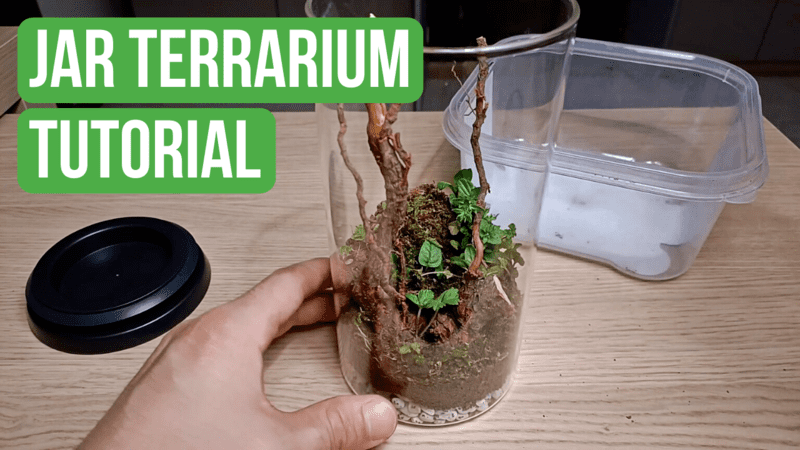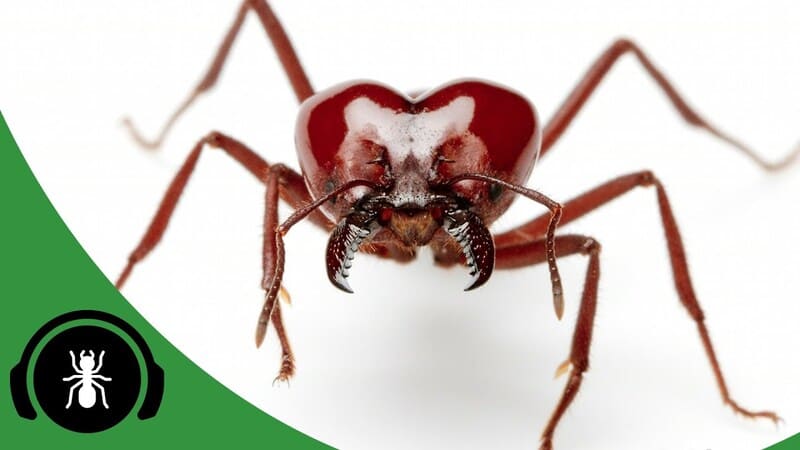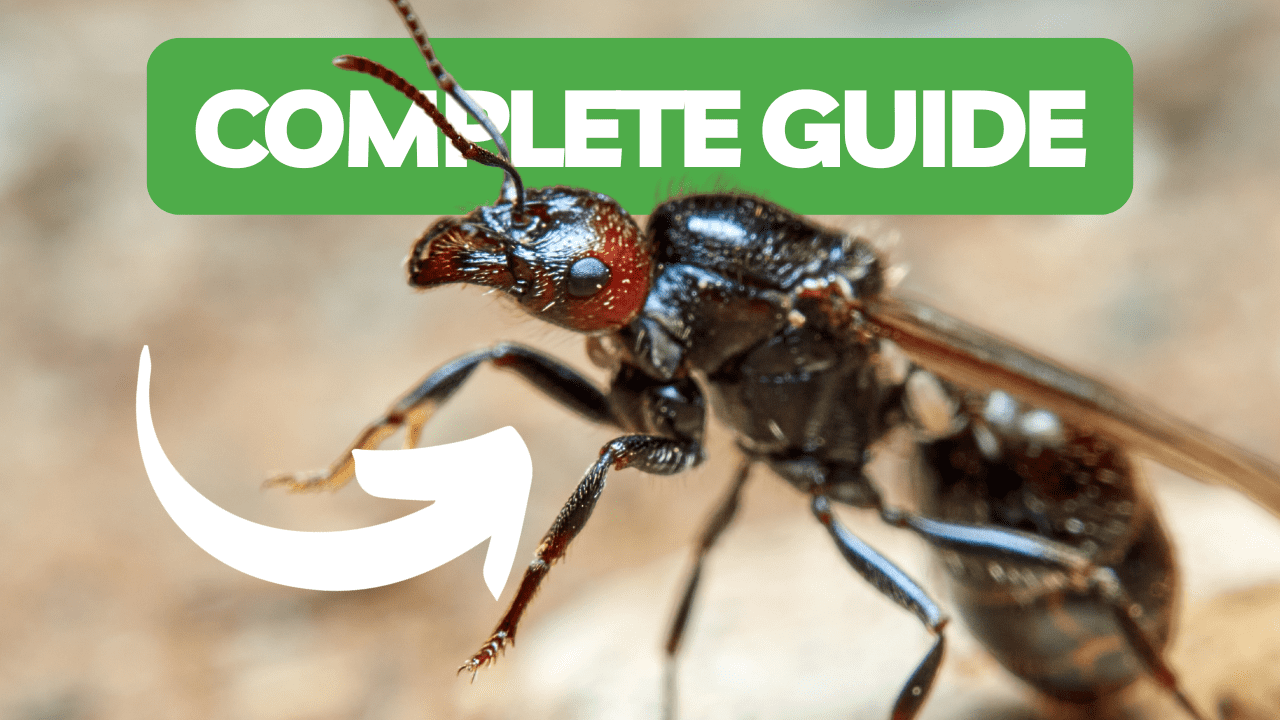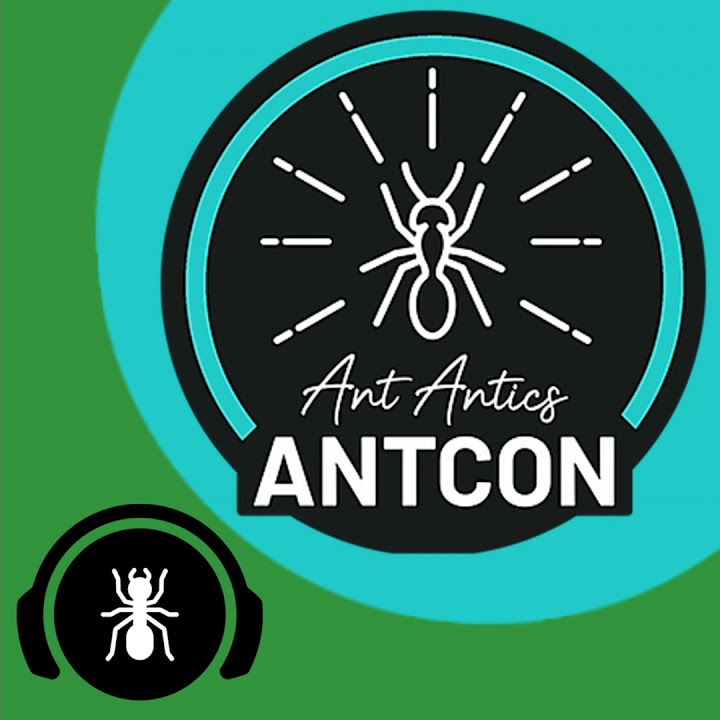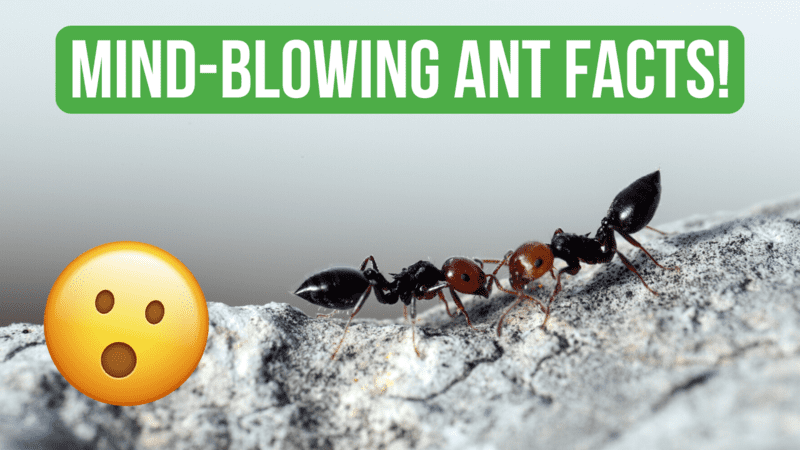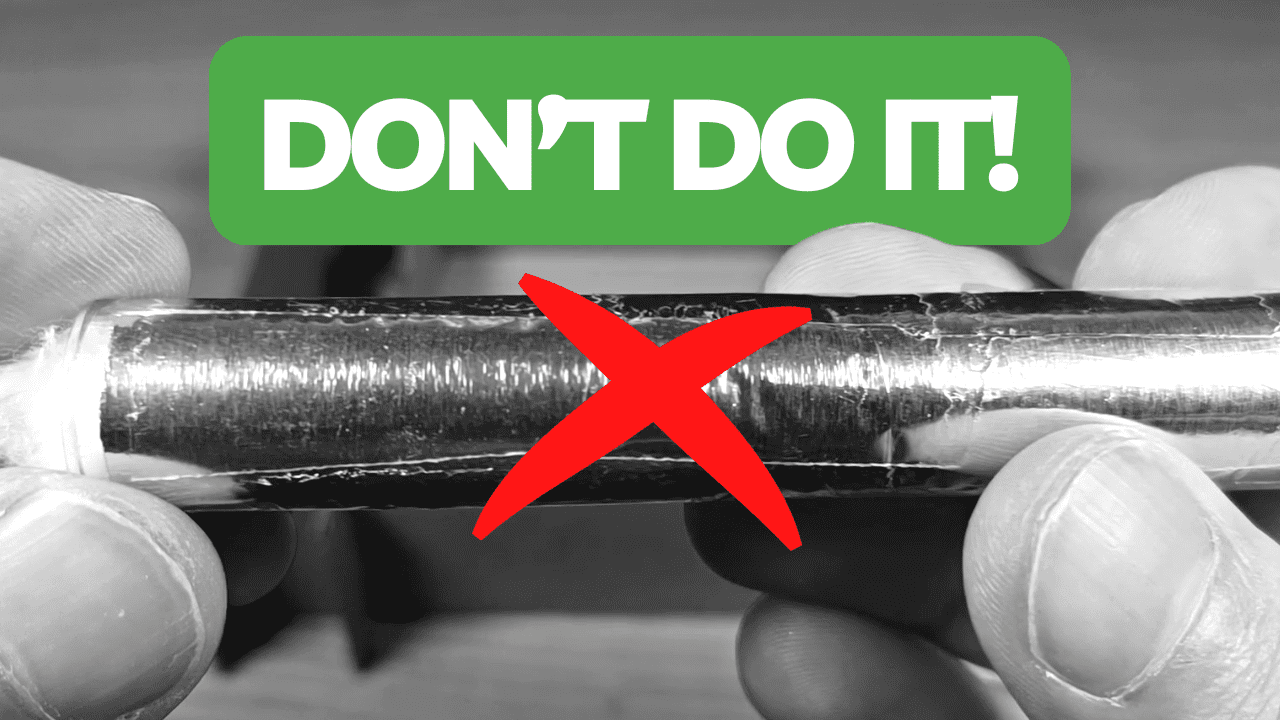How To Care for Lasius Niger

Hi guys! I hope you’re doing well!
Today, we are going to learn how to care for a very common ant species: Lasius niger. By the end of the guide, you will have all the information you need to start growing your own Lasius niger colony all by yourself!
Let’s get into it!
Download
Introduction
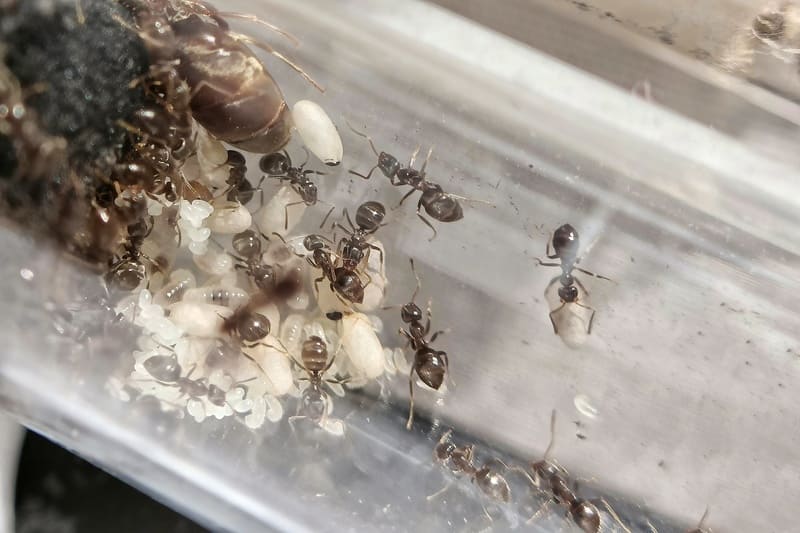
Lasius niger, commonly called "black garden ant", is one of the most popular ant species among ant keepers all over the world. Due to its very easy requirements and strong adaptability, Lasius niger is considered one of the best species for beginners.
Lasius niger is extremely common in Europe, where it fills the yards of every house on the continent. It can also be found in some parts of North America and Asia.
The queen size ranges from 6 to 9 mm, and 3 to 5 mm for the workers.
They usually nest underground, where the temperature and humidity levels are ideal for the development of the brood. In the summer, you can also easily find them under stones and rocks, which become really hot when heated by the sun.
Lasius niger is monogyne, which means that the colonies of this species accept only one queen.
The nuptial flights of this species occur in the summer, usually between July and August.
Distribution
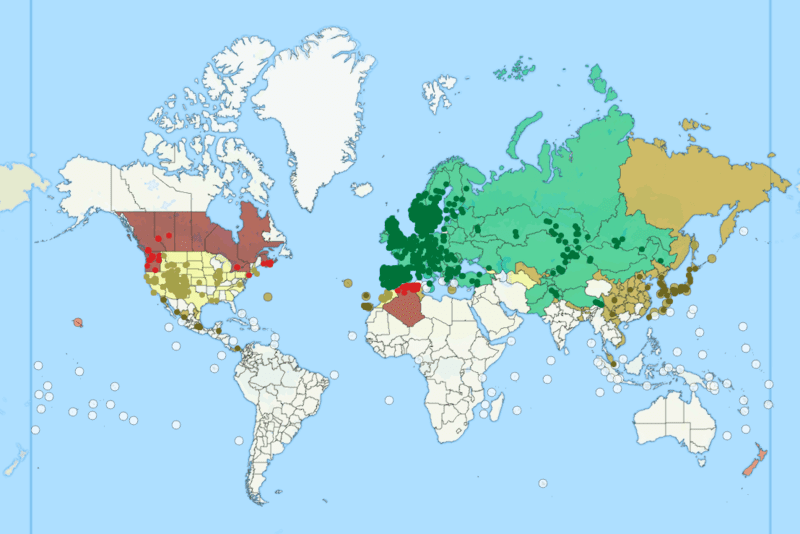
Temperature
Lasius niger is very adaptable and can easily be kept at room temperature. However, if you want to speed up the colony development a bit, the ideal temperature would be between 23 and 25 degrees Celsius.
This can easily be achieved by using an external heat source, like a heat cable or a heat mat. By doing so, the metabolism of the brood will accelerate, reducing the time needed for the ants to fully develop into adults.
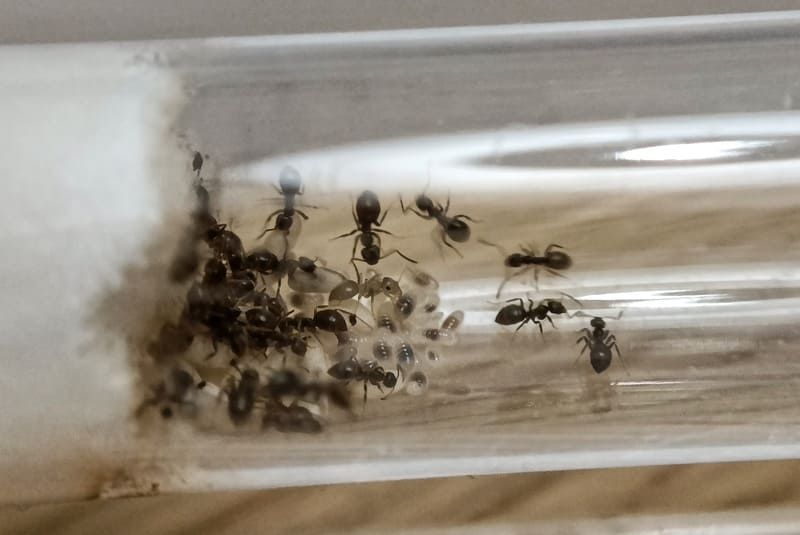
Remember to be extremely careful when using these types of heat sources! If not well managed, they can practically cook your ants and kill the entire colony! To avoid this issue, you can use a thermostat, which automatically regulates the temperature of your heat source.
Humidity
When it comes to humidity levels, Lasius niger doesn't have extreme demands. They like a range of moisture levels from 10% to up to 50%. One thing you have to take into account is that this species doesn’t like dry climates!
If you notice that your nest dries out too quickly, you may have to consider changing the setup a bit. You can rearrange the elements of your formicarium to create an environment that better maintains moisture levels.
If you have a natural setup, you can easily increase the moisture level by spraying some water using a spray bottle, like the one used in gardening. You can also add some moisture-retention material, like a piece of wood or a bark substrate.
Food
Lasius niger loves every type of high-sugar food. Honey, fruit, sugar water, ant jellies, jams… They go crazy for them! If you want the best possible sugar source, the Ant Antics sugar snaps are the product for you!
With these fantastic colorful little bottles, you can give your ants a very high-quality source of sugar, fueling their all-day-long working routine! With the sugar snaps, you can be sure of one thing: your ants are going to love them!
In addition to sweet foods, which provide instant energy for the ants, they also require some protein for the development of the brood. As a protein source, you can give them mealworms, fruit flies, spiders, crickets, wax worms, and beetles.
I personally feed them Gammarus, which are little river shrimps.
One peculiar thing about this species is that in the wild they milk aphids for their honeydew! Yes, you heard right! These ants love the special sugary liquid produced by the aphids, so they create actual tiny farms where they raise them and milk them!
If you’re reading this guide, there’s a high chance you're just starting out and that you’ve just caught your first Lasius niger queen ant. If that’s the case, you don’t have to worry too much about feeding at this stage.
That’s because Lasius niger is a fully claustral species, which means that the queen won’t need to eat for at least a month, until she has her first workers.
She especially doesn’t need protein right now, because she can obtain the protein she needs from the decomposition of her wing muscles. However, if you want, you can give her a little drop of honey. That would provide her with the right amount of energy she will need to start her own ant colony!
Hibernation
Lasius niger needs hibernation. They hibernate through the winter, from around late October to late March. They need at least a couple of months of diapause, a biological phase in which the queen doesn’t lay eggs.
This phase is very important for the health of the queen, and it’s the only time in the whole year when she can peacefully take some rest.
For this species, the ideal temperature for hibernation is around 10 degrees Celsius. I would not suggest going much lower than this, because in some cases it could create problems for the long-term growth of the colony.
If you don’t have any available refrigerator, you can put the colony in the basement or in the garage, where the temperature is not too low and not too high.
If you're a beginner ant keeper and this is your first hibernation, I would strongly suggest you check out this other guide! Here I explain in detail every aspect of this complex process called hibernation! What it is, why ants hibernate, and what are the most effective ways to hibernate your beloved ants!
Nest Type
Sandwich Nest
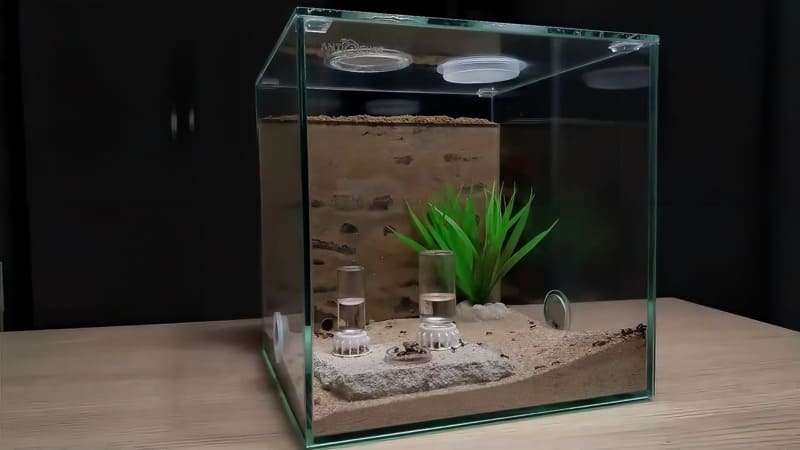
When it comes to choosing a formicarium for Lasius niger, you have a ton of different options.
The ideal nest type for this species would be one based on some type of soil or dirt, in order to replicate their natural habitat. Those are perfect for observing the ants dig tunnels in the dirt, creating the structure of the formicarium as they like.
This simple type of nest structure consists of two acrylic plates placed together, separated by a small space filled with dirt. Using this clever solution, the ant keeper gets all the advantages of a natural dirt-based setup, plus the fact that with this one, you can easily see the nest chambers!
If you are interested in this type of nest, I would suggest you check out this review! It's the amazing glass sandwich nest in the picture above, made by the German company Antstore!
Ytong Nest
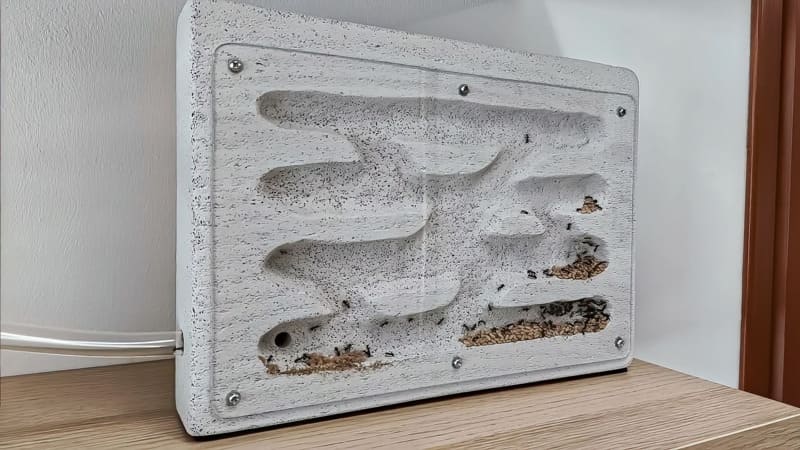
Another valid alternative is a Ytong nest.
Ytong is a particular type of aerated concrete, usually used in construction. It is very popular in ant keeping for its moisture-retention properties, and it’s perfect for housing a colony of this species.
A great advantage of using a Ytong nest is that it creates a strong contrast between its white color and the black color of the ants, helping them to stand out.
If you love D.I.Y. projects and prefer building things by yourself to meet your own needs, this is the perfect choice for you! This material is really easy to sculpt, and with some practice, you can create amazing-looking nests.
Online, you can find a lot of tutorials on how to build one of these! Like this one!
Acrylic Nest
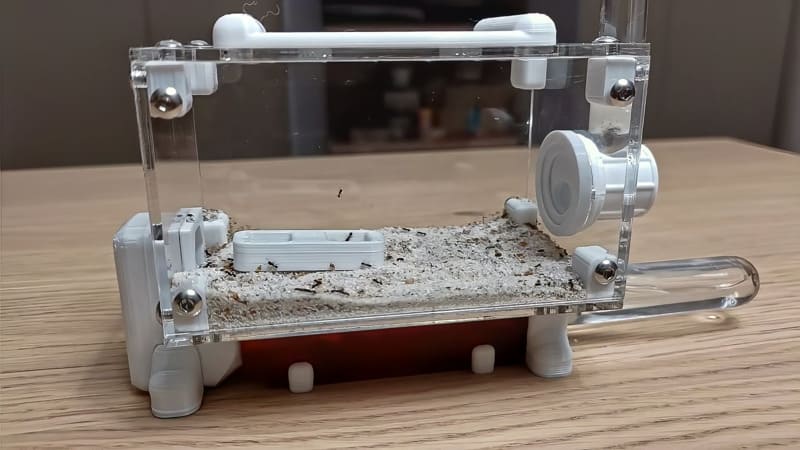
Discount!
Get this extremely cool ant nest on the WaKooshi online shop! Use the discount code BRUMA to get 10% off your entire order!
Last but not least, an acrylic ant nest. These particular types of nests are made using some kind of plastic and are optimal for housing almost every species of ant!
Usually, they are made of a series of acrylic layers mounted on top of one another to create the nest's structure. With this building technique, the pieces are extremely tight to one another, leaving no gaps between the layers.
Another variation of the acrylic nest is the test tube-based ant nest. As the name suggests, these types of formicarium are based on the test tube setup, considered by many to be the gold standard of ant nests!
If you like this concept, I would suggest you check out this product review! It's the review of the extremely cool ant nest in the picture above!
I hope you have found this guide helpful!
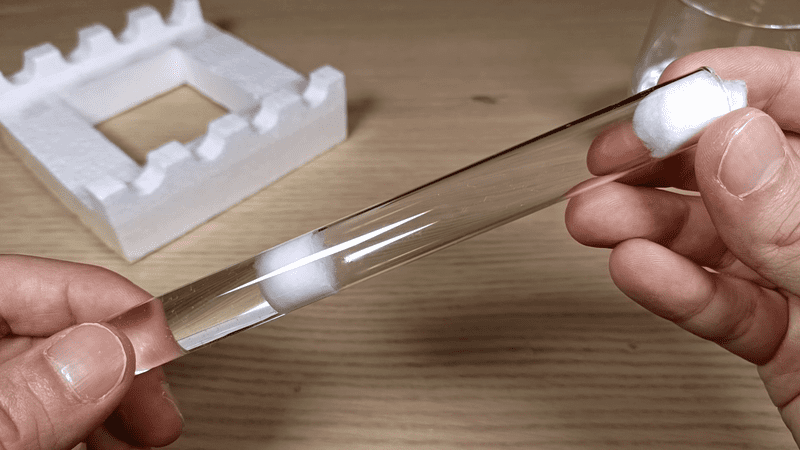
If you just found your queen and want to know how to create the perfect environment for her, check out this guide on how to make a test tube setup! This is the perfect way to start your ant colony!
FAQs
The ideal temperature for Lasius niger is between 23 and 25 degrees Celsius.
Lasius niger loves high-sugar foods like honey, fruit, and ant jellies, as well as protein sources like mealworms and fruit flies.
Keep humidity levels between 10% and 50%. You can increase moisture by spraying water or using moisture-retention materials.
Yes, Lasius niger needs to hibernate from late October to late March at an ideal temperature of around 10 degrees Celsius.
A soil-based sandwich nest is ideal, but Ytong and acrylic nests are also good alternatives.
